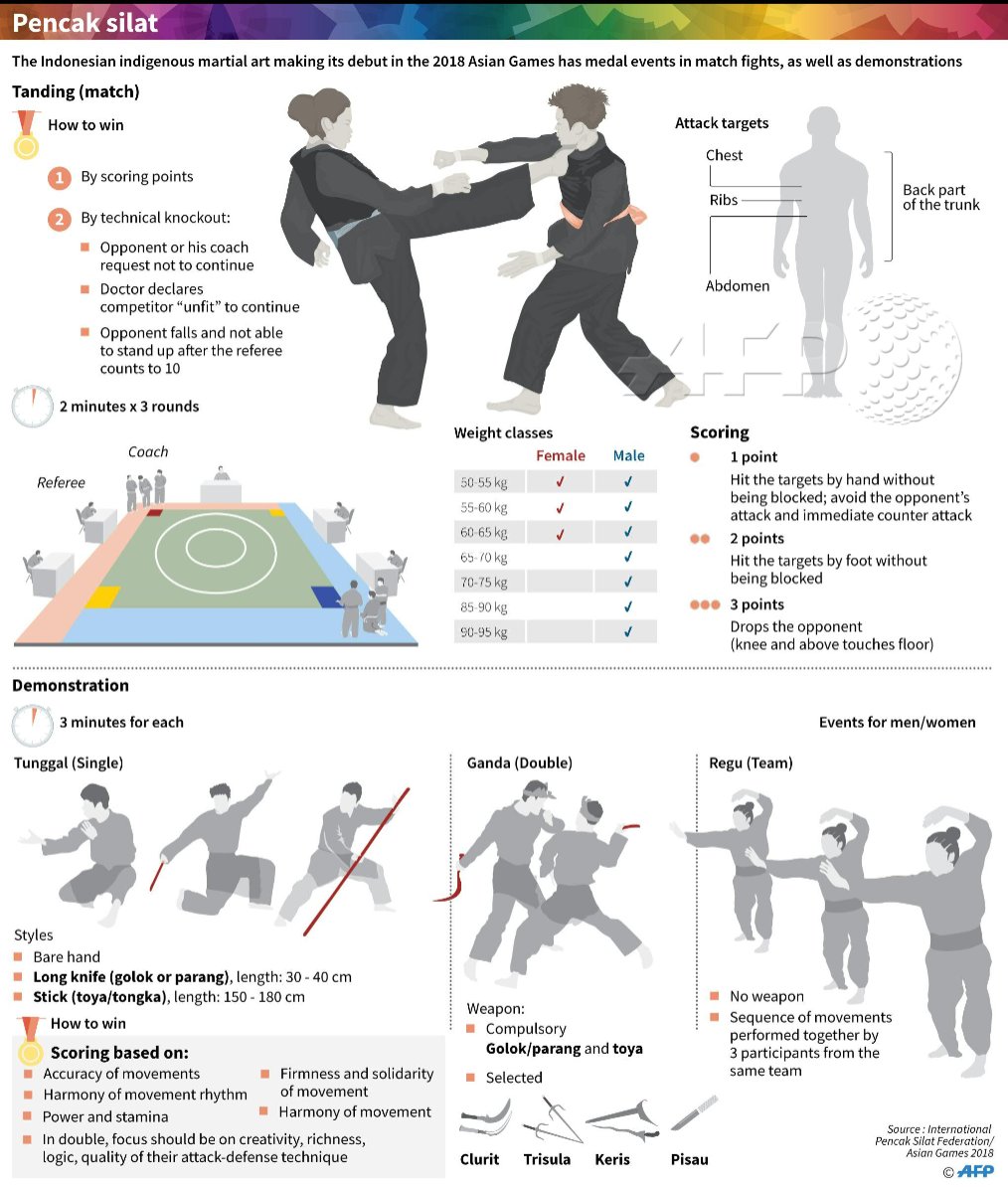Exploring The Differences Between Traditional Martial Arts And Contemporary Combat Sports
Exploring The Differences Between Traditional Martial Arts And Contemporary Combat Sports
Blog Article
Material Author-Camp Haagensen
When you think of martial arts, do you lean much more towards the standard techniques or the contemporary battle sports? Each course supplies one-of-a-kind advantages and experiences, formed by their philosophies and training techniques. Conventional martial arts emphasize individual development and technique, while modern-day fight sports focus on competitors and efficiency. Recognizing these distinctions can guide you in choosing the appropriate strategy for your journey. However how do these distinctions materialize in training and philosophy?
The Ideology and History Behind Traditional Martial arts
While many individuals link martial arts with physical fight, the ideology and history behind typical martial arts run much deeper. You'll discover that these disciplines highlight individual development, technique, and respect.
Stemming from ancient methods, conventional martial arts were commonly established for Self-Defense and spiritual development. They personify principles such as equilibrium, consistency, and self-discipline, guiding professionals past simple battling skills.
As you educate, you'll not only learn techniques yet additionally gain insights right into the culture and values that shaped these arts. The routines and traditions, usually given through generations, promote a sense of community and belonging.
The Affordable Nature of Modern Fight Sports
Modern battle sporting activities have transformed the landscape of martial arts right into a highly competitive field, where athletes face off in an examination of skill, approach, and endurance.
You'll notice that competitions are frequently organized with stringent rules and guidelines, guaranteeing justice and safety and security. These occasions bring in large target markets, sustaining the exhilaration and intensity of matches.
martial arts toe protection train rigorously, not just for physical prowess yet also for psychological toughness, understanding that every detail counts in the ring. The adrenaline rush during competitions is apparent, as competitors push their restrictions to claim triumph.
Followers appreciate the athleticism and artistry involved, making contemporary combat sporting activities a thrilling spectacle that continues to advance and astound lovers around the globe.
Training Methods and Strategies: A Comparative Analysis
The affordable environment of contemporary combat sporting activities demands ingenious training methods that differ dramatically from typical martial arts.
In contemporary training, you'll focus on specific techniques, sparring, and conditioning, commonly utilizing drills that replicate real battle circumstances. You'll see a focus on quantifiable efficiency and frequent competitors to assess your abilities.
On the other hand, traditional martial arts focus on forms, katas, and philosophical trainings, often stressing discipline and regard over competitors.
Training is usually much less extreme and may include recurring method rather than real-time sparring.
While both strategies build ability and physical fitness, contemporary battle sporting activities give an extra dynamic and versatile training environment, preparing you for immediate difficulties in the ring or cage.
Choose the course that lines up with your objectives and rate of interests.
Verdict
In selecting between typical martial arts and modern battle sporting activities, it actually boils down to what you value the majority of. If https://patch.com/connecticut/southington/kids-can-karate-chop-their-way-southington-rec-program trying to find individual growth, technique, and a sense of neighborhood, conventional arts could be your finest fit. Yet if you prosper on competition and real-time obstacles, modern-day combat sports could be the method to go. Ultimately, both courses offer distinct advantages, so it's all about straightening your training with your individual objectives and passions.
